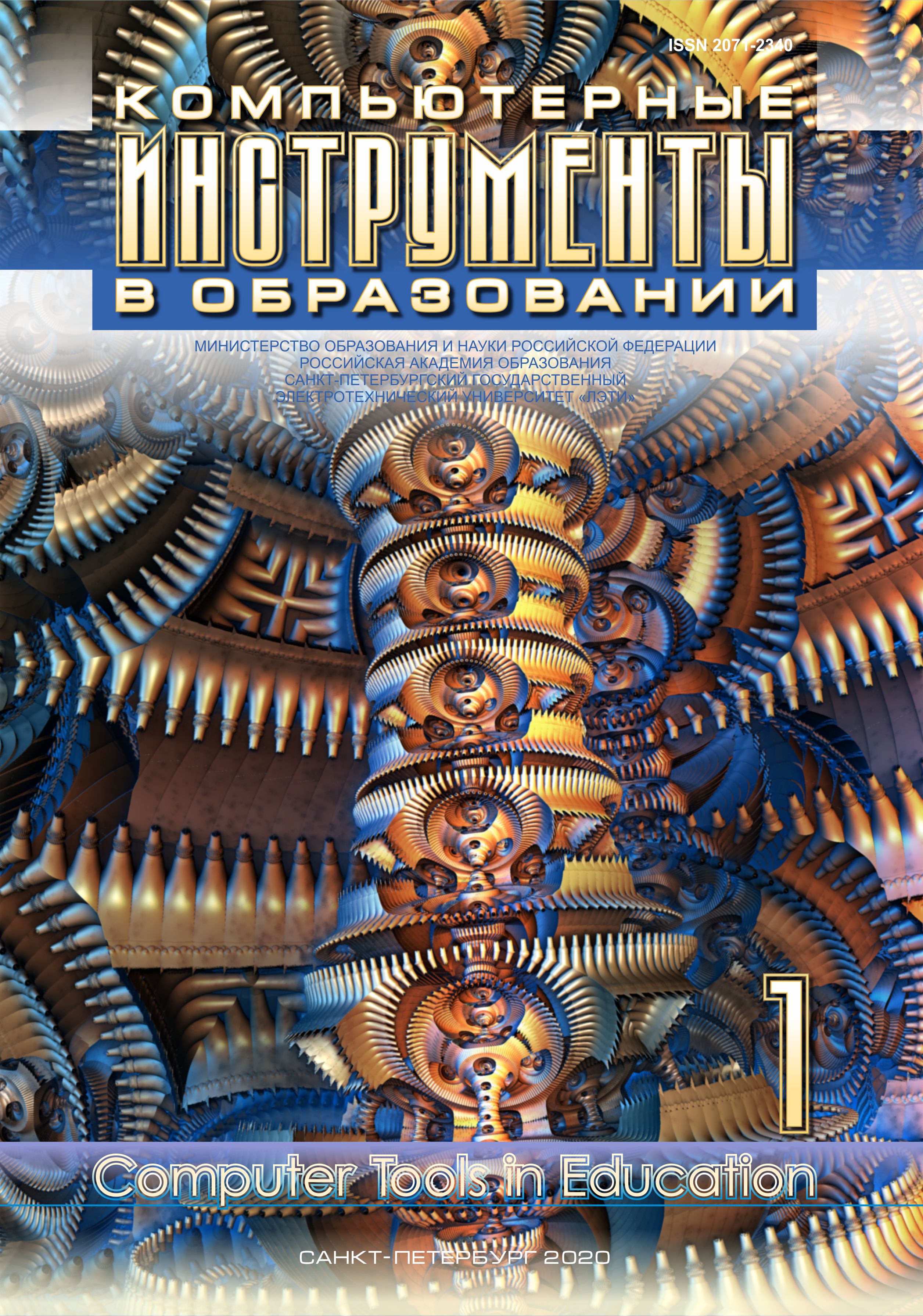A Training Model of Epidemic Development
Abstract
A training model describing the development of the epidemic in a limited community of individuals is proposed. The main “rigid” model contains only one parameter, which allows it to be used in the educational process as an exercise in mathematical modeling. Qualitative conclusions resulting from numerical calculations based on this model are discussed. We also discuss the “softening” of the model, which allows us to qualitatively analyze some aspects in relation to the epidemic developing in human society.
References
V. Dolgopolovas, “Coronavirus Disease (COVID-19) Identification Time Analysis Using Queueing Model (Preprint),"Mar.-2020. [Online]; doi: 10.2196/preprints.18635
G. A. Bordovskii, Fizicheskie osnovy matematicheskogo modelirovaniya: uchebnik i praktikum dlya bakalavriata i magistratury [Physical foundations of mathematical modeling: a textbook and workshop for undergraduate and graduate programs], Moscow: Yurait, 2019 (in Russian).
A. S. Kondrat’ev and A. V. Lyaptsev, “Matematicheskoe modelirovanie: analiticheskie i vychislitel’nye metody” [Mathematical modeling: analytical and computational methods], Computer Tools in Education, no. 5, pp. 20–24, 2007 (in Russian).
V. T. Grinchenko, V. T. Matsypura, and A. A. Snarskii, Vvedenie v nelineinuyu dinamiku [Introduction to Nonlinear Dynamics], Moscow: LKI, 2007 (in Russian).
V. I. Arnol’d, Zhestkie i myagkie matematicheskie modeli [Hard and soft math models], Moscow: MCNMO, 2000 (in Russian).

This work is licensed under a Creative Commons Attribution 4.0 International License.







